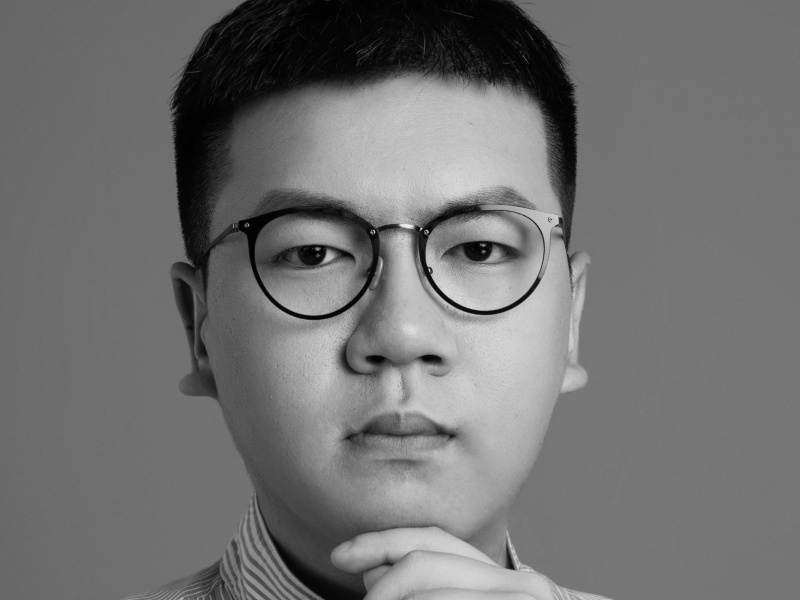As WeChat continues to evolve, it has become more than just a social touchpoint for brands; it can also help brands turn traffic into conversions, shared Tencent’s George Xie at the recent Luxury Society Keynote in Shanghai.

As WeChat continues to evolve, it has become more than just a social touchpoint for brands; it can also help brands turn traffic into conversions, shared Tencent’s George Xie at the recent Luxury Society Keynote in Shanghai.
As COVID-19 continues to grip Western markets, luxury conglomerates such as LVMH, Kering and Prada have been observing strong growth in Mainland China, especially on their online channels. The 2020 Digital Luxury Report released by BCG and Tencent estimates that 30 per cent of the consumer journeys in China take place online only, making it even more important for luxury brands to step up their digital efforts.
With over 1.2 billion monthly active users, WeChat is undoubtedly one of the most crucial Chinese social platforms for brands. Moreover, as the platform evolves, it not only supports brands in the awareness and interest stages of the consumer journey, but also the purchase and loyalty stages – especially as its e-commerce and loyalty offerings via Mini Programs continues to grow.
At this year’s Luxury Society Keynote in Shanghai, George Xie, Planning Head of CPG Industry at Tencent Marketing Solution, shared that the luxury sector has become one of the fastest-growing categories when it comes e-commerce on WeChat. He also shared strategies and best practices for luxury brands within this ecosystem, in his presentation.
Besides anyalsing the different consumer journeys that brands can create on WeChat, Xie also highlighted one of Tencent’s fastest growing platforms: WeCom. As an enterprise solution, WeCom not only allows companies to improve internal communications and workflow, “a growing number of businesses are making use of the tools offered by WeCom for CRM purposes, management and segmentation of users on their WeChat Official Accounts” as well, he said. Last year, the number of consumers served by brands through WeCom was at 80 million – this year, the number has grown to 250 million.
At the same time, Tencent has also been strengthening its social product offering. Earlier this year, it launched the short video-focused Channels, and this month, it announced a revamp of its Search function to better bring together all the elements within the WeChat ecosystem. How can brands leverage these upgrades and changes to generate better returns from their investment on WeChat?
Watch the video for his full session. A PDF version of his presentation is also available for download at the link below.










